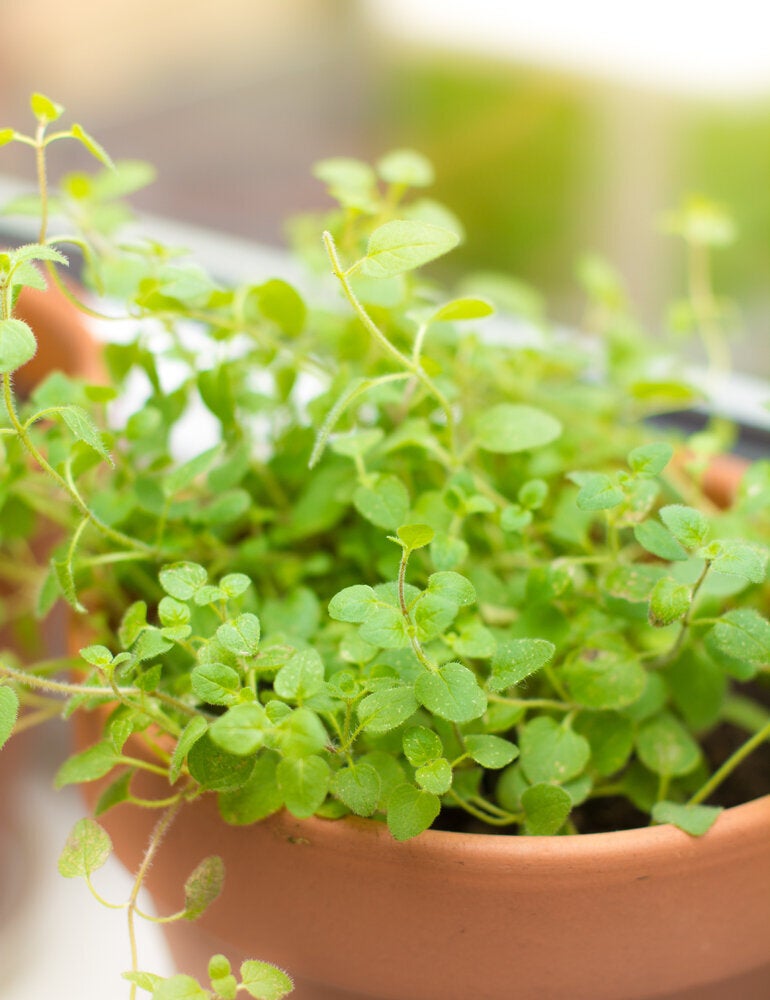Our home is meant to be a safe retreat, one of which we seek shelter and protection from the rest of the world. This is the way it should be for all of us - but is it...? Unbeknownst to many of us, we are living in a toxic soup.
Many of the 'benign' materials we come into contact with daily are actually posing a highly toxic threat to our body. Despite us (as a society) becoming more environmentally aware in recent decades, we continue to be inundated with toxic assaults in our home and work space. Even as I write this newsletter, Health Canada just announced that most Canadians now have trace levels of toxic substances lead and Bisphenol A in their blood and urine (respectively). These are NOT benign substances as there is no known 'safe level' for these in any of us. These and many other toxic agents are now being linked to many of the chronic illnesses (i.e. Cancer, Heart Disease, Alzheimer's, Parkinson's, Diabetes) that plague developed nations to date.
I often mention that it is not about being perfect in avoiding every toxin -- this is an impossible task in today's world. However, it is important to be aware of toxic sources in your living/working space and reduce or eliminate as many as possible. Combining a reduction & detoxification strategy has never been more important than it is today. Below are my 'Top 5 Dangerous Toxins Hidden in Your Home':
1. Bisphenol A
This highly common, yet nasty toxin is lurking in almost every household. It is linked to increased risk of breast & prostate cancer, diabetes, heart disease and obesity. Bisphenol A (BPA) is commonly found in; canned food/drinks, clear plastic water bottles, dental devices, cash register receipts, and yes -- even toilet paper (thanks to recycled receipts!). The good news is that there a lots of alternatives providing BPA free options. Look for 'BPA free' on labels of the aforementioned sources.
2. Lead
Lead is a commonly known industrial toxin, however many are unaware that this can be lurking in our own home! Lead is a potent neurotoxin and can be found in water pipes (it was permitted in pipes, nationally until 1975, and in solder used to connect pipes until 1986). Lead is also found in house paint, cheap children's jewellery, older toys, glazes on ceramics, and horizontal mini-blinds (pre 1996). Good options include installing a water filter (note pitcher filters are not certified to remove lead), test old paint before sanding/renovating, paint or drywall over old paint, and have old toys/blinds tested.
3. Fluoride
Fluoride toxic? Yes, you read that right. You may be wondering why this is on my toxic 'hit list'. After all, hasn't fluoride been placed in our water supply and in our dental treatments to help achieve health by keeping our teeth healthy & strong? Fluoride has been added to water supply for decades - however recent research has suggested (for some time now actually) that we should be ceasing this water 'fortification' treatment as the synthetic versions are being linked to cancer, thyroid, and neurology issues. An interesting fact is that many countries (i.e. China) have banned water fluoridation, but actually sell their Fluoride to countries that still implement this. The good news is that most water filtration systems will remove Fluoride and other toxins from your water supply. Remember, our skin is our largest organ -- thus the water we bathe or shower in needs to be considered as well. Finally, be sure to check your toothpaste and switch to a non-fluoridated product.
4. Phthalates
Ever used anything with a soft vinyl or plastic coating? Sure we have. That new car smell?? Right... Phthalates are everywhere -- and they mean business. Phthalates are plasticizers and are known to be destructive to reproductive organs. As a result, 6 of the major Phthalates have been banned from all consumer goods in Canada. Common household sources are; vinyl flooring, wallpaper, synthetic leather furniture, plastic shower curtains, school supplies, etc. Again, it is 'buyer beware'. When shopping for these products be sure to get Phthalate free.
5. Formaldehyde
Formaldehyde is one of the most common volatile organic compounds (VOC's) and a known human carcinogen found in our homes. Exposure may also trigger eye/nose/throat irritation, coughing, wheezing, and asthma. Main sources of household Formaldehyde come from; particle board or compressed wood (found in cabinets, furniture, etc.), smoke from fireplaces/woodstoves, paints, varnish, adhesives, and air fresheners. Look for solid wood furniture, ensure chimneys are clean, and only use certified 'Formaldehyde free' products.
This post also appears on http://thedempsterclinic.com/blog/
ALSO ON HUFFPOST:
